what is “korean blue”?
quick film reviews + a brief history of korea’s pottery, paris olympics fashion, and korean air flight attendant uniforms
PRELUDE
Hi everybody! I hope y’all had an amazing Thanksgiving break. Exciting news: I (finally) graduate from college in approximately one week! It’s been a crazy wild ride with a pandemic and adding 2 minors halfway through and going part-time due to a lot of family issues going on back home. It’s been stressful and rewarding to say the least!
There’s always been two things about Korean art that my mom drilled into my head when I was younger: 1. Koreans invented the first moveable typeface (before Germany and China!) and 2. Korea’s best potters were kidnapped and taken back to Japan.
Today, I’m writing about an aspect of Korean art that I didn’t know too much about beforehand but I am excited to share the history of Korean pottery and that beautiful color that is associated with the land of the morning calm featured in fashion (especially after quite an chaotic week in the homeland… but more on that in the future)
SMALL BITES
Bite-size reviews of recent films I watched!
🍼 ROSEMARY’S BABY
A young couple, Rosemary and Guy, moves into an infamous New York apartment building, known by frightening legends and mysterious events, with the purpose of starting a family.
I’m not sure why I put off watching this movie for so long. I think there was always something a little too creepy about it (and also Roman Polanski :/) I do think it is a masterful film in its approach to filmmaking experimental techniques, use of locations, and incredible performances. I loved Mia Farrow and John Cassavetes (who I think looks like Bourdain and Al Pacino’s love child) in this film! I would definitely recommend NOT putting off this film!
🚬 QUEER
In 1950s Mexico City, William Lee, an American expat in his late forties, leads a solitary life amidst a small American community. However, the arrival in town of Eugene Allerton, a young student, stirs William into finally establishing a meaningful connection with someone.
Unfortunately, I could not really tell you what this film is about and I am still confused. Looking back, it reminded me a lot of the film All of Us Strangers in its experimental approach of exploring queerness. It wasn’t really for me, unfortunately I like a clear narrative structure but I still really enjoyed this Lynch-ian, Dali-esque (I’m trying to say it was super experimental and surreal) third act! Omar Apollo is also very beautiful: I have a crush on him and he has a beautiful face. I’m very glad I saw this film but I think fans of Challengers will be in for a completely different ride… even an entirely different amusement park…
🎼 AMADEUS
Disciplined Italian composer Antonio Salieri becomes consumed by jealousy and resentment towards the hedonistic and remarkably talented young Viennese composer Wolfgang Amadeus Mozart.
Director’s Cut. I am also petty and like sweet Italian treats. Also F MURRAY ABRAHAMMMM!!! I’m so glad I watched this film, which is also one of my boyfriend’s favorite films ever. I wasn’t expecting the Hamilton-Burr rivalry but I really loved the themes of jealousy and artistry. Incredible use of music and there are obvious comparisons to Barry Lyndon which is one my all time favorite films. Incredible production design and costume design as well which I feel is not mentioned enough!!!
WORDS


It all started when I saw these two paintings at the Met by Byron Kim. These pictures that The Met didn’t let me download don’t really serve the paintings justice. They are much bigger in scale and remind me of looking into a Rothko painting but… more calming. I became really aware of the colors that were so present in my childhood–my grandmother left behind rows and rows of these beautiful vases for her flower arrangements that we have no idea what to do with. This color tends to appear a lot in relation to what we associate with Korean-ness.. But it all really starts with celadon and a brief introduction to Korean pottery.
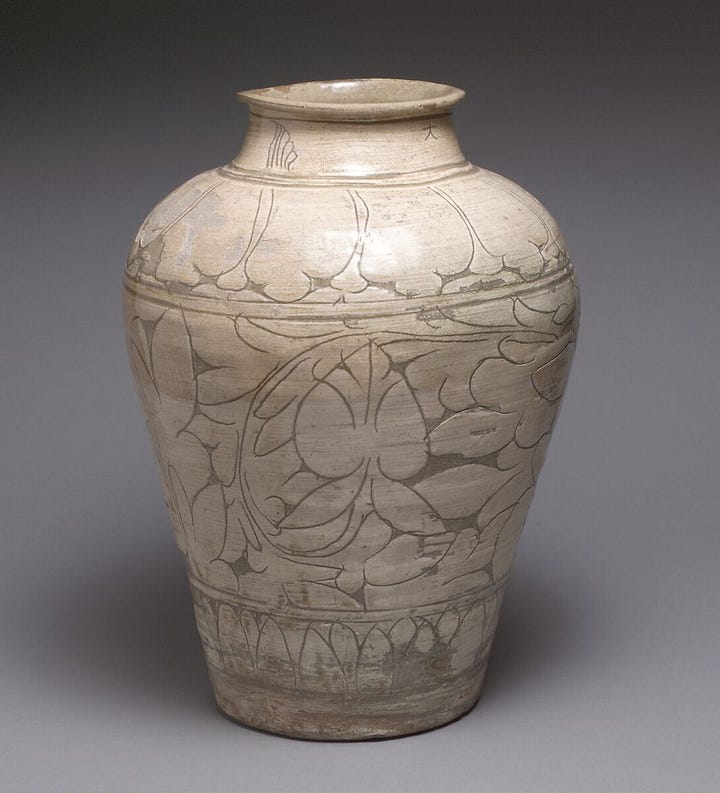
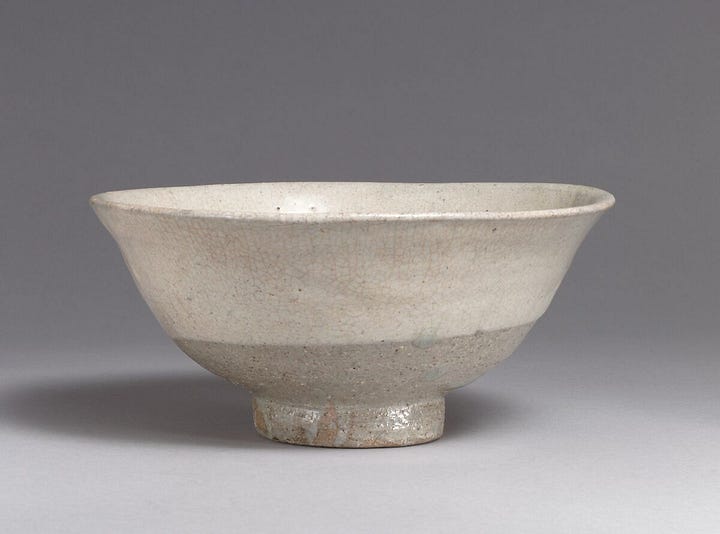
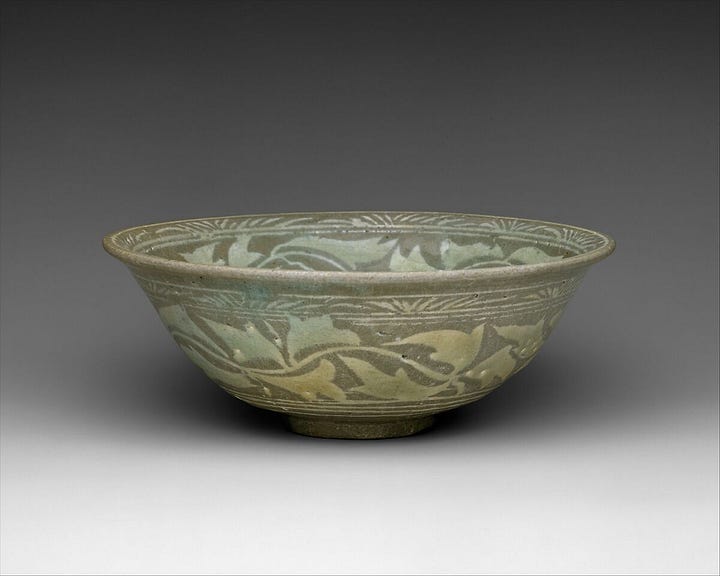
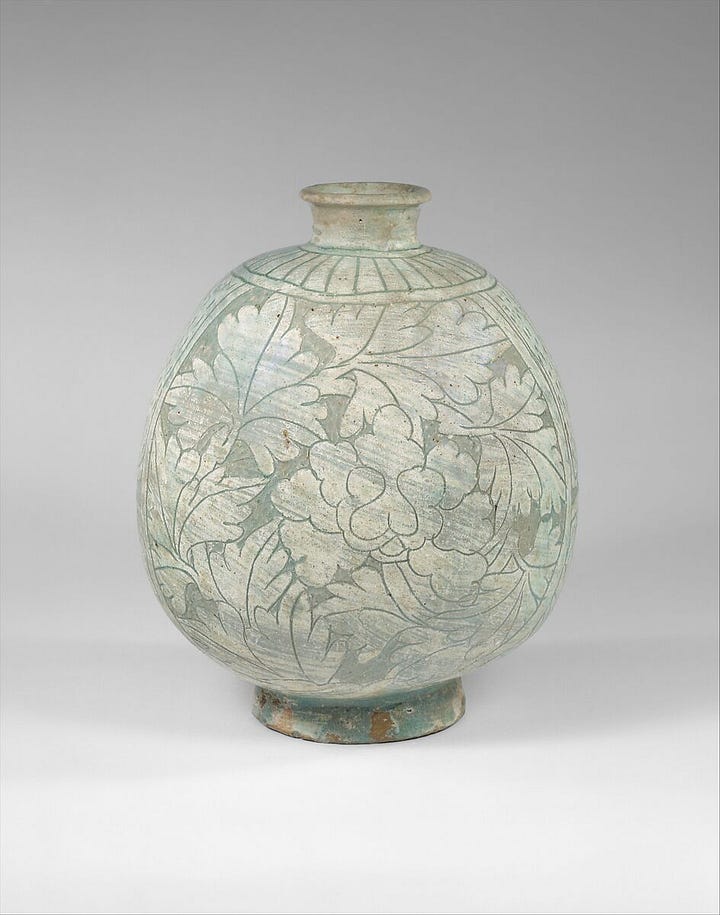
Korean pottery has a distinguished and enduring legacy, particularly through techniques such as celadon and buncheongware. The major consumers of celadon were nobles but buncheong was mainly used by common people. These styles have set Korean ceramics apart in Asia, both in terms of their unique aesthetic qualities and historical significance. Korean celadon pottery, known for its delicate green glaze and intricate designs, became widely celebrated in the Goryeo dynasty (918–1392). The rich, jade-like glaze and the artistry involved in creating it distinguished Korean pieces from Chinese and Japanese ceramics. While China excelled in porcelain and Japan in other forms of pottery, Korean artisans mastered celadon through advanced techniques like inlaid designs, where motifs were carved and filled with white clay, creating a striking contrast when the glaze was applied. This innovation, along with the muted but refined colors, made Korean celadon highly sought after, even influencing ceramics in neighboring countries like Japan.
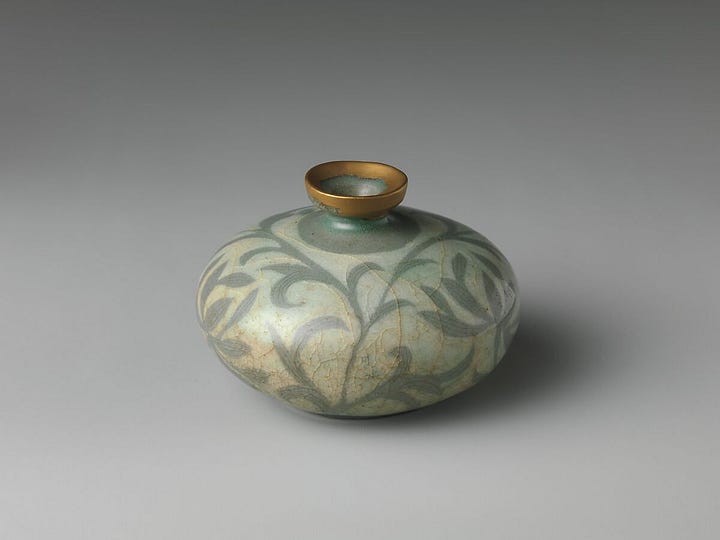
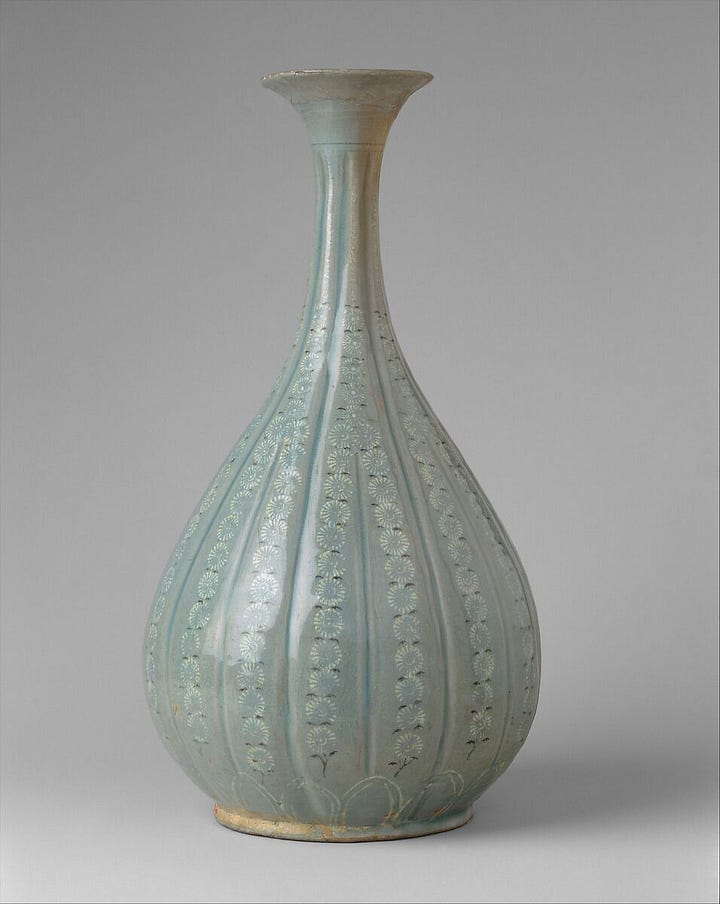
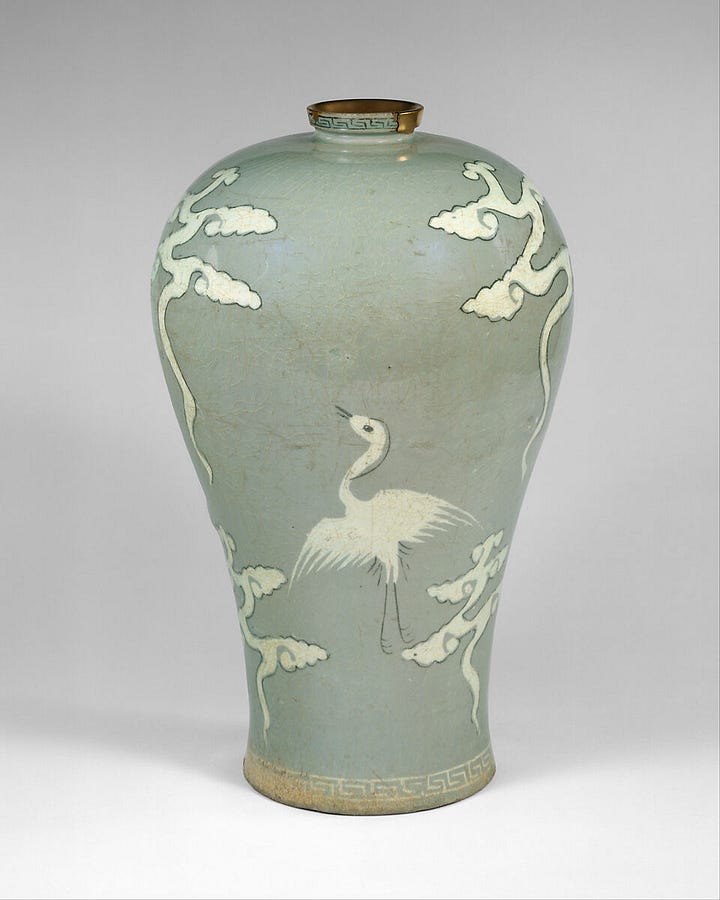
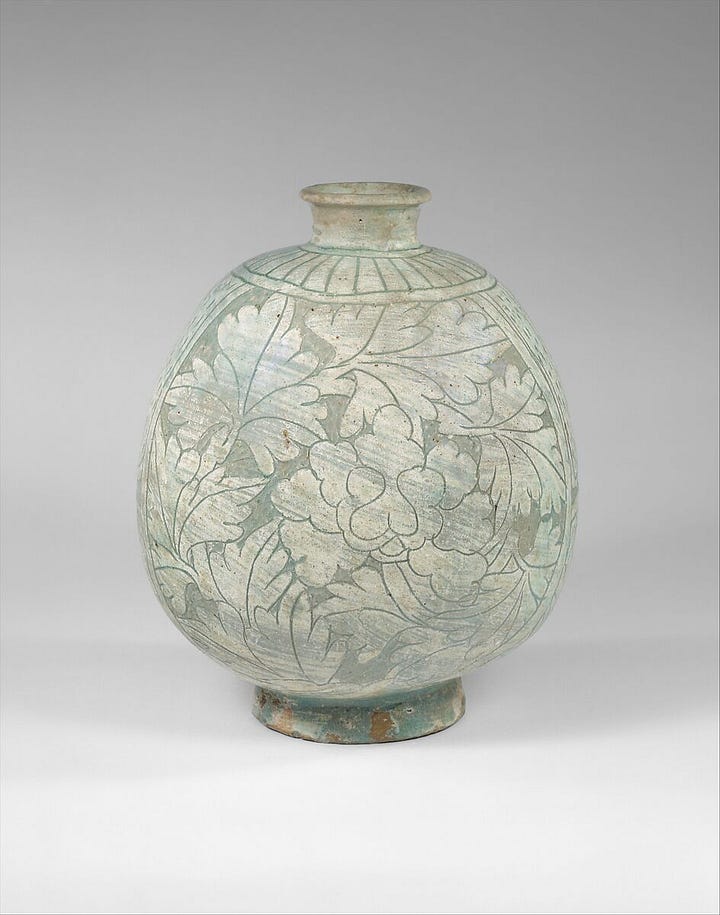
The historical importance of Korean pottery extends beyond aesthetic achievement. During the Japanese invasions of the late 16th century, many skilled Korean potters were taken to Japan (against their will…), where their techniques influenced the development of Japanese ceramics, including the creation of Hagi ware. Despite this, Korean pottery remained resilient, preserving its cultural heritage through later periods of conflict and upheaval. Today, Korean pottery continues to be valued both as art and as a symbol of national identity, celebrated for its connection to tradition, craftsmanship, and the cultural exchange that shaped its evolution. Most notably and famously, onggi earthenware are the pots and storage containers used to make gochujang, doenjang, kimchi, and soy sauce. These ceramics are an important aspect to Korean culture, offering insights into the history and artistry that have shaped the country.
Ewha Womans University has an amazing virtual museum exhibit on Google Arts you can see here. You can also read about Goryeo Celadon in this article from the Met and more about the impact of Korean potters in this article by the Korean Herald. Korean Culture and Information Service (KOCIS) highlights this amazing article about Goryeo Celadon as a part of hosting the 2018 Olympics. Regrettably, I learned that only 30 moon jars exist today since they were mostly used for kitchenware! Apparently, they are that freaking rare.
The color of these ceramics is ubiquitous in modern Korean culture today as well! Most notably, I think of the uniforms of the flight attendants on Korean Air. The iconic uniforms were designed by renowned Italian fashion designer Gianfranco Ferre, who used to work as a stylistic director of Christian Dior in Paris in the late 1980s and 1990s. The uniform, which Korean Air has kept ever since, is beige and celadon green.
I was also a little surprised to see the color again during the recent Paris Olympics for South Korea’s uniforms designed by Musinsa Standard. My first guess would have been to go with a vibrant red or bolder blue, but I still think it was a nice touch to stay true to these serene blue that speaks to the ways in which Korean culture stands out and honors our historical tradition. A lot of the Instagram comments unfortunately did not like this design at all. Because honestly, they’re right the form is very generic and not innovative at all (and it really did remind me a lot of the Korean Air uniforms…). Simply adding a belt to showcase “gakdae (traditional ceremonial belt) of the Joseon Dynasty” feels so lazy (with a seatbelt buckle???) and I don’t understand why they “incorporated the beautiful patterns of the porcelain into the blazer's lining so that the athletes could show traditional Korean beauty in their uniforms” when the inside of the blazer is never visible while the athletes are actually wearing them? It’s such a shame because the inner lining is quite pretty. It hardly showed the blend of tradition and modernity when the outfits looked lazy and cheap. It looks really comfortable and soft due to its material, though!
This article was meant as an exploration of celadon and turned into a little rant about the South Korean uniform at the Olympics, but I think just speaks to how the current generation is curious as to how we can incorporate and play with our rich legacy and culture into the art and design of today. Is it working? Is it not working? Let me know what you think! Also special thank you to mama Kim for making me stay curious!
Skylar xx
![[banchan]](https://substackcdn.com/image/fetch/$s_!bzBv!,w_80,h_80,c_fill,f_auto,q_auto:good,fl_progressive:steep,g_auto/https%3A%2F%2Fsubstack-post-media.s3.amazonaws.com%2Fpublic%2Fimages%2F4020a6b2-7d75-439c-8957-0777f2e5fe65_1200x1200.png)

![[banchan]](https://substackcdn.com/image/fetch/$s_!bzBv!,w_36,h_36,c_fill,f_auto,q_auto:good,fl_progressive:steep,g_auto/https%3A%2F%2Fsubstack-post-media.s3.amazonaws.com%2Fpublic%2Fimages%2F4020a6b2-7d75-439c-8957-0777f2e5fe65_1200x1200.png)

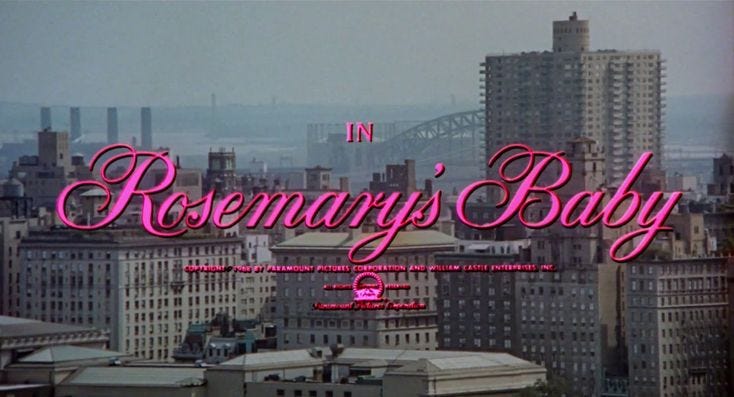


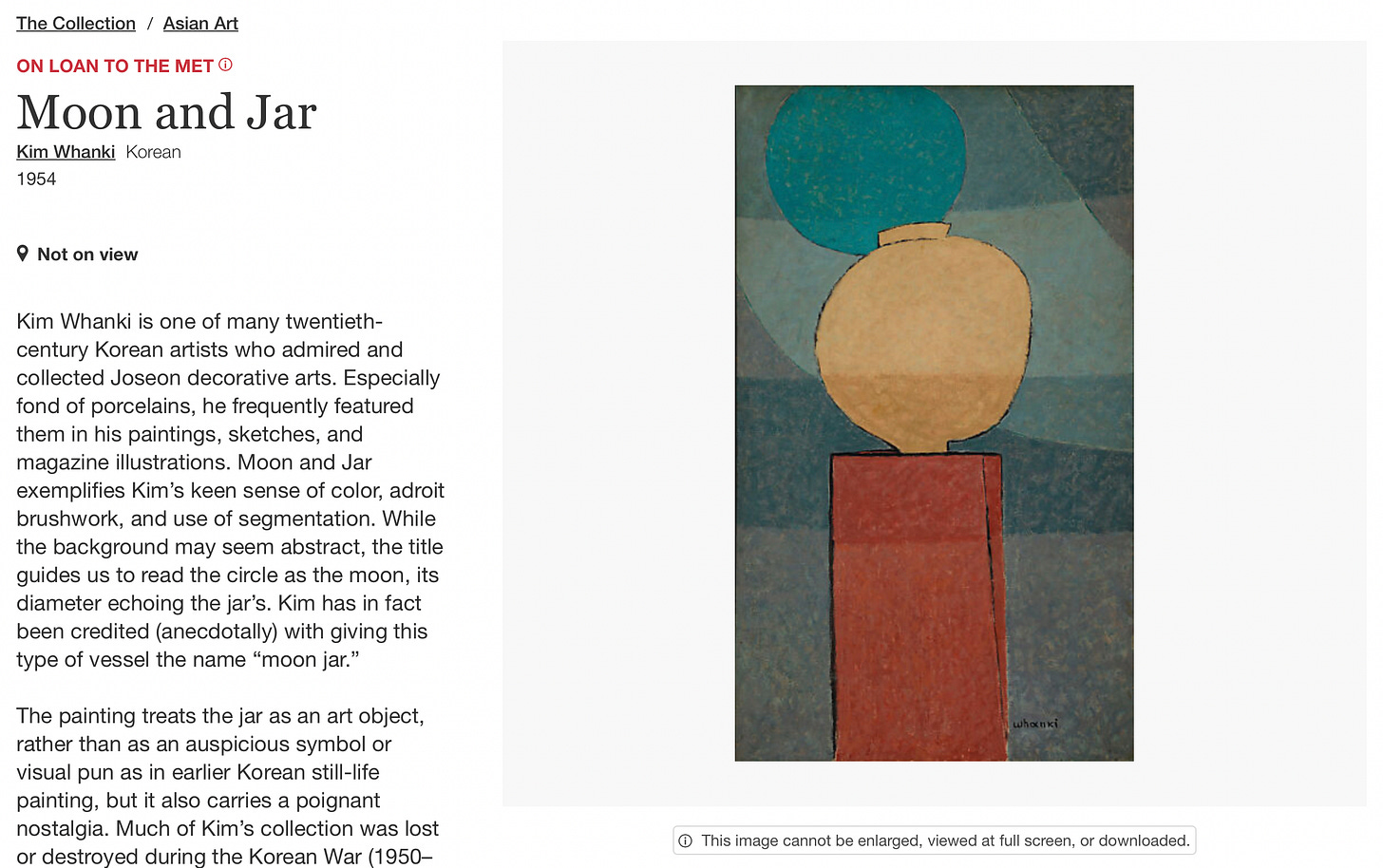
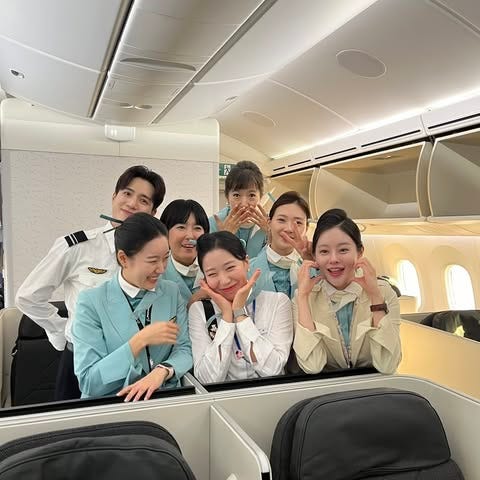

Thank you for sharing this! I am really into pottery and the craftmansship of korean ceramics is just beautiful!